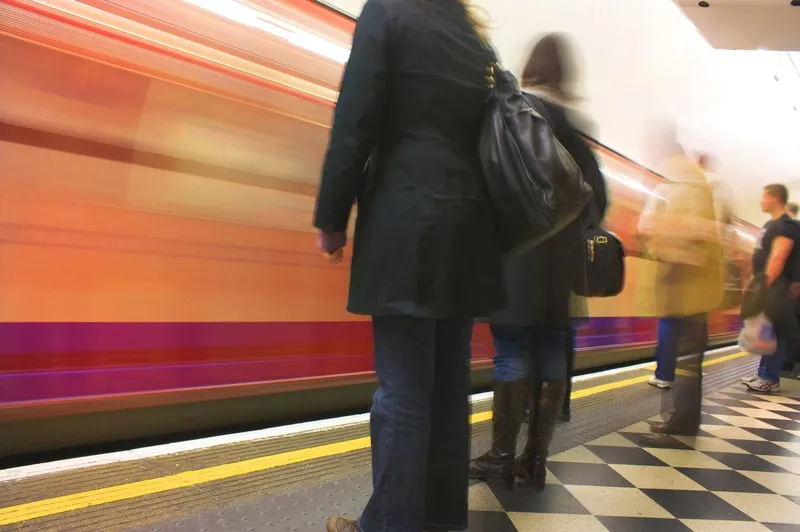The Governors Highway Safety Association (GHSA) in the US has released the first comprehensive overview summarising distracted driving research for state officials. The report considered research from more than 350 scientific papers published between 2000 and 2011.
April 18, 2012
Read time: 2 mins
RSSThe 4948 Governors Highway Safety Association (GHSA) in the US has released the first comprehensive overview summarising distracted driving research for state officials. The report considered research from more than 350 scientific papers published between 2000 and 2011.
GHSA produced the new report - Distracted Driving: What Research Shows and What States Can Do - with a grant from2192 State Farm which services some 81 million motoring insurance policies and accounts throughout the US and Canada. The report, available at this link, summarises: what distracted driving is, how often drivers are distracted, how distraction impacts driver performance and crash risk, what countermeasures may be most effective and what states can do to reduce distracted driving.
"Despite all that has been written about driver distraction, there is still a lot that we do not know," said GHSA executive director Barbara Harsha, who oversaw the report's development. "Much of the research is incomplete or contradictory. Clearly, more studies need to be done addressing both the scope of the problem and how to effectively address it.
"While distracted driving is an emotional issue that raises the ire of many on the road, states must take a research-based approach to addressing the problem. Until more research is conducted, states need to proceed thoughtfully, methodically and objectively," Harsha said.
She also noted that high visibility texting and hand-held cell phone enforcement demonstration projects in New York and Connecticut, funded by the states and the324 US Department of Transportation and modelled after the Click It or Ticket seat belt programme, are proving to be effective in helping to change motorist behaviour. "Our report includes the preliminary results of these cell phone crackdowns, which have prompted dramatic declines in hand-held cell phone use and texting behind the wheel. The final results are expected shortly and should be considered as states move forward with education and enforcement initiatives," Harsha added.
GHSA produced the new report - Distracted Driving: What Research Shows and What States Can Do - with a grant from
"Despite all that has been written about driver distraction, there is still a lot that we do not know," said GHSA executive director Barbara Harsha, who oversaw the report's development. "Much of the research is incomplete or contradictory. Clearly, more studies need to be done addressing both the scope of the problem and how to effectively address it.
"While distracted driving is an emotional issue that raises the ire of many on the road, states must take a research-based approach to addressing the problem. Until more research is conducted, states need to proceed thoughtfully, methodically and objectively," Harsha said.
She also noted that high visibility texting and hand-held cell phone enforcement demonstration projects in New York and Connecticut, funded by the states and the









